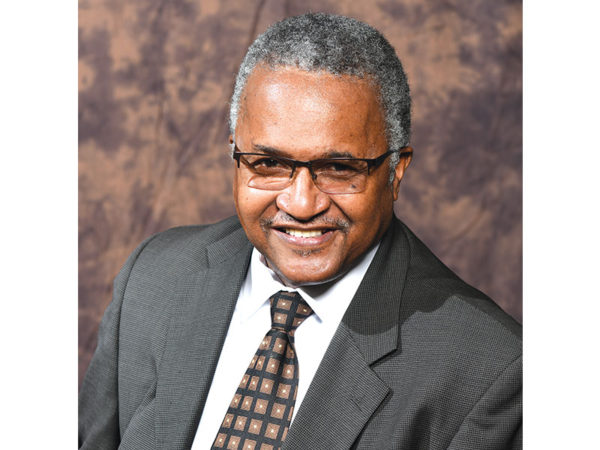We are officially in “It’s safe to be black month.” For 28 days, the black community can explore its culture, history, successes, and failures without risking being labeled racist. During “Black History Month,” we can safely be “Black” until March 1st.
Generally, the nation expects a lot of “black” rhetoric in February and gives the Black community a free pass to discuss black issues without accusing us of playing the race card. (We can even say “Black History” and not African-American History) without being frowned upon.
After February, when we raise black issues, we are seen as racist and divisive. Of course, most of us break the rules. We talk about black issues all year long, stage plays in March, and have black history programs in May or July or whenever we please, even when it is not “safe.”
Studying Black history is crucial in understanding the past and present experiences of Black people and the impact we have had on the world. However, we must extend our study beyond simply who invented what and who did it first. Studying just the first Black individuals to achieve certain milestones does not give a complete picture of Black history.
Focusing solely on the first Black president of the United States, Barack Obama does not accurately reflect the diverse experiences and contributions of Black people throughout history.
It is also essential to study the experiences of Black individuals who were not the first to achieve certain milestones but still made significant contributions. This includes figures such as abolitionist Harriet Tubman, civil rights leader Fannie Lou Hamer, and Black feminist author and activist Audre Lorde.
It is also important to study the experiences of Black communities as a whole, inclusive of our economic, social, and political experiences, as well as the various movements that have emerged in response to systemic oppression and discrimination. Among these studies would be the four movements: the Abolition movement, the Civil Rights Movement, the Black Power movement, and the Black Lives Matter Movement; all significant parts of Black history that should be studied and understood.
Studying all aspects of Black history helps to challenge the notion of a singular Black experience and sheds light on the diversity within the Black community. This is important because it helps to counteract harmful stereotypes and promotes a more nuanced understanding of the complexities of Black identity and history. Both President Obama and Vice-President Kamala Harris have no U.S. Slave History in their ancestry, yet their experiences being Black have been the same. Millions among us share the same experience without a slave-based DNA.
Moreover, white people need to study Black history. Doing so will help build a more inclusive and equitable society. When white people learn our history, it helps foster empathy and create a deeper understanding of our systemic issues. This can lead to meaningful conversations and actions toward creating a more just society.
So, while it’s “Safe to be Black” this month, hopefully, many of us locally will look at our own struggles. 1)What happened to the Black Wall Street on Desiard Street? 2) The effects of integration in public education in Monroe, 3) Has electing black faces in local government changed anything? 4) What factors contribute to the rise in crime in Monroe’s Southside, and what solutions have worked?
Obviously, these topics should not be limited to “It’s Safe to be black month,” but should be taught and discussed all year.
“It’s Safe to be Black month,” we have a free pass, so let’s get it on!


